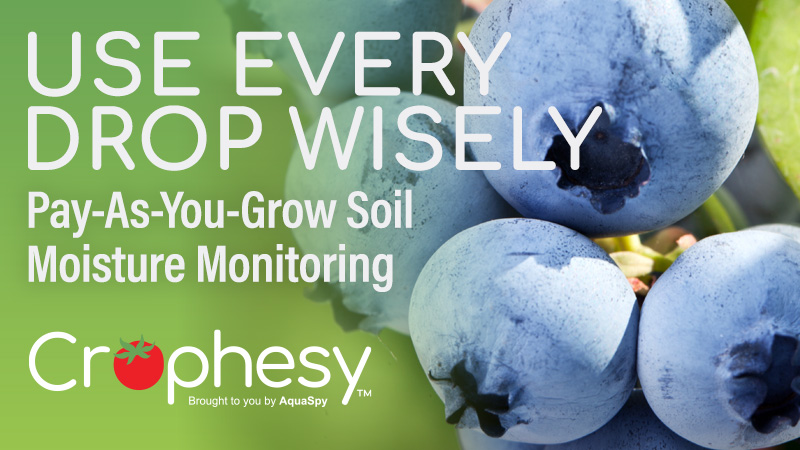Know the Signs of Herbicide Resistance in Vegetable Crops
Vegetable farming systems are not immune to herbicide resistance, as you know. Learning the signs of herbicide resistance is useful to accommodate your weed management practices.
Why do weeds show resistance in some vegetable farming systems? The most common reason is selection pressure, which years of continually using the same herbicide creates. That’s true even if you are using the herbicide across crop rotations. Another reason can be due to a neighboring cropping system having resistance weeds and they’re close enough to spread into your previously clean field.
Despite how common the problem can be, the over all agricultural industry many view vegetable crop systems having less resistance than others. Therefore, there are fewer resources available to record resistance compared to agronomic crops, where resistance has been recorded on many different weed species.
Weed Shifts vs Resistance
When investigating to see if you have herbicide-resistant weeds or if it’s an application failure, you need to understand the difference between weed population shifts vs. herbicide resistance.
Weed population shifts occur when weed species naturally tolerant to an herbicide that has been repeatedly used over many years become the dominant species in the field. For example, after continuous use of glyphosate, an increased prevalence of cheeseweed (Malva spp.) and morning glory (Ipomoea spp.) is established which are tolerant species to glyphosate.
With herbicide resistance, resistant biotypes are naturally present at exceptionally low numbers in the population. The resistant biotypes build up in the population and will dominate the entire population after repeated use of the same herbicide.
Therefore, when suspecting herbicide resistance, the weed in question should have originally been controlled by the herbicide in years past. If the weed is suspected as being herbicide resistance after ruling out the other factors for weed control failures, you will want to reach out to your local university Extension weed specialist, who can assist you with more detailed advice.
Steps After Finding Resistance
Ideally, if you discover resistance in your field, it is best to stop the use of the herbicide in question and use other modes of action that control the weed.
Many times the herbicide continues to provide weed control in the field, however. So it is the best overall control compared to the other options. Especially when options are already limited in vegetables.
You can then remove the weeds by hand or mechanically to prevent seed production. Preventing the weed from going to seed is important to reduce the resistance prevalence in your soil seedbank.
You should be prioritize removing weeds before they set seed whenever possible. Yes, the size of your fields and available labor and resources can limit your ability to do so. But if you allow seed set, you will face a bigger weed problem. New emerging cultivation and electricity technology can be useful to solve the limited available labor.
Ultimately, the most effective herbicide resistance management practice is to be proactive in your weed management.
Rotating the herbicide modes of action and noting the herbicides used and weeds present in the crop rotations of a field is imperative information to have. Integrating tactics with your herbicide programs like mechanical, physical and cultural practices are seemingly effective and will help you avoid creating herbicide resistance issues in your fields.
When Resistance Isn’t the Problem
I must note that there are several factors that can result in weed control failures and are not caused by resistance.
Potential causes for weeds surviving an herbicide application are:
• Inadequate spray rate
• Poor coverage
• Improper timing
• Antagonism in the tank mix.
In addition, environmental conditions are commonly responsible for weed control failures. That includes excessive wet or dry conditions, unstable seedbeds, soil particles and organic matter that adsorb the herbicide, and untimely weather conditions are examples that lead to application failures.









